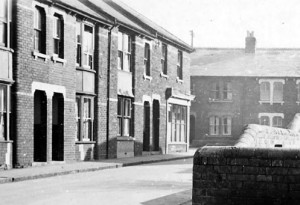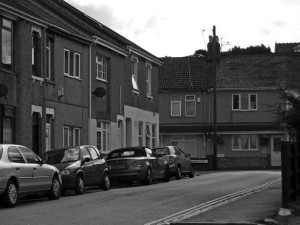There are some things that are predictable in politics. For example, the candidates of a losing party in an election can be guaranteed to say that the winning party did badly… in comparison with predictions of success that a few hours before they would have disclaimed as nonsense. Similarly, except for those departing for health reasons, every MP that chooses not to fight an election would have us belief that this was a decision they’d been planning for a long time. The likelihood of defeat never, apparently, clouds their judgement. Thus yesterday’s news that Mr Wills won’t be hanging around for almost inevitable defeat at the next election comes with claims that he always planned it this way.
I have always believed politics is an act of public service, and that it was probably right that no MP should serve more than three terms.
On that basis, his own leader should have departed long ago, but Mr Wills doesn’t seem inclined to suggest that his boss follow his lead.
I have full confidence in the Prime Minister…. I don’t believe he has been given enough credit for helping this country to move out of recession.
Many would say the Prime Minister hasn’t taken enough credit for getting the country into this recession. But lets not let reality get in the way of Mr Wills’ musings.
This has been a good Government and history will say that this Government has changed the country for the better.
If by ‘good’ one means taking the country to war on the basis of forged evidence, then maybe. If by ‘good’ one means taking the country into its worse recession for eighty years and racking up massive debts, then maybe. If by ‘good’ one means massively restricting civil liberties with anti-terrorism legislation of limited, if any, effectiveness, then maybe. But lets not let reality get in the way of Mr Wills’ musings.
This Government has made a huge difference to Swindon and has enabled huge transformation to the town.
Forcing the town to expand its population by almost 20%, whilst saddling the town with an urban regeneration company that has almost single handedly — with a little help of the aforementioned recession — converted the town centre into a demolition site is not a transformation to be proud of. But lets not let reality get in the way of Mr Wills’ musings.
Mr Wills has been the lesser of Swindon’s two parliamentary evils. As a constituency MP, he was markedly better than the government’s representative in South Swindon, Ms Snelgrove, but then that isn’t difficult to achieve. He also published a thorough breakdown of his expenses, many months before other MPs grudgingly succumbed to pressure from the public and did likewise. But none of that makes up for a voting record that speaks for itself — though again it’s better than the record of his South Swindon compatriot.
Mr Wills says standing down was a difficult decision to make.
It was a very difficult decision…. This was not a sudden decision; it was one I have been mulling over for the past year.
Given the opportunity, his constituents would have very easily made the same decision for him.









